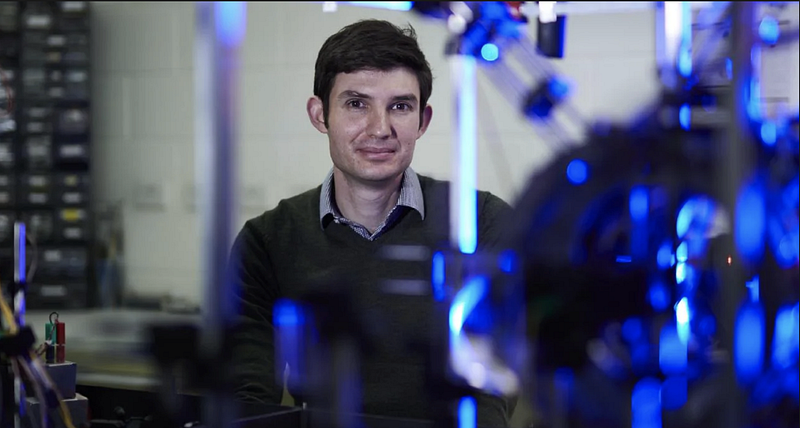Quantum Innovations in Defense: Australia Explores Quantum Physics
Written on
Chapter 1: The Quantum Frontier in Warfare
In the realm of modern conflict, Australia is delving into the subatomic world to explore innovative defense technologies. This effort aims to ensure the nation's dominance across aerial, terrestrial, and maritime domains.
The Australian Department of Defence is fueling this research through its ambitious Next Generation Technology Fund, overseen by the Defence Science and Technology Group. This agency is dedicated to pioneering military technologies, investing A$730 million in initiatives aimed at addressing various battlefield challenges.
Among the 11 multi-year projects tapping into the enigmatic principles of quantum mechanics, four are being spearheaded by the Institute for Photonics and Advanced Sensing (IPAS) at the University of Adelaide. These projects include a quantum radar capable of detecting stealth aircraft, portable atomic clocks that can function in the absence of GPS, and a quantum magnetometer array for anti-submarine warfare.
Section 1.1: Quantum Radar's Potential
Quantum radar stands to revolutionize the detection of stealth aircraft, such as China's Chengdu J-20 Black Eagle fighter jet. These advanced aircraft incorporate rounded surfaces and specialized materials designed to evade traditional radar systems. When paired with radar jamming techniques, stealth aircraft can effectively obscure their presence.
However, quantum radar has the potential to break through these defenses by utilizing beams of single entangled photons emitted one at a time. Upon receiving the reflected photons, the system compares them to their entangled counterparts, allowing for a precise filtering process. This capability makes them challenging to evade or mislead through electronic countermeasures.

Dr. Ben Sparkes from IPAS explains, “These small pulse signals interact with aircraft differently than larger ones, enhancing sensitivity.” While not designed to replace conventional radar entirely, quantum radar could serve as an early warning system, prompting further investigation with traditional methods.
Chapter 2: Enhancing Undersea Warfare
Submarines remain a vital but challenging component of modern naval warfare. Their stealth capabilities make detection difficult; they employ quiet motors and sound-absorbing materials to remain hidden.
To counter this, researchers envision using quantum magnetometers to identify slow-moving metal objects submerged underwater. These sensors would be deployed as an array of atomic detectors on the ocean floor, communicating through optical fibers to land-based monitoring stations.

Dr. Sparkes explains, “These detectors operate without power, relying solely on the atomic properties within glass cells. They are sensitive to low-frequency magnetic changes, ideal for detecting submarines.”
